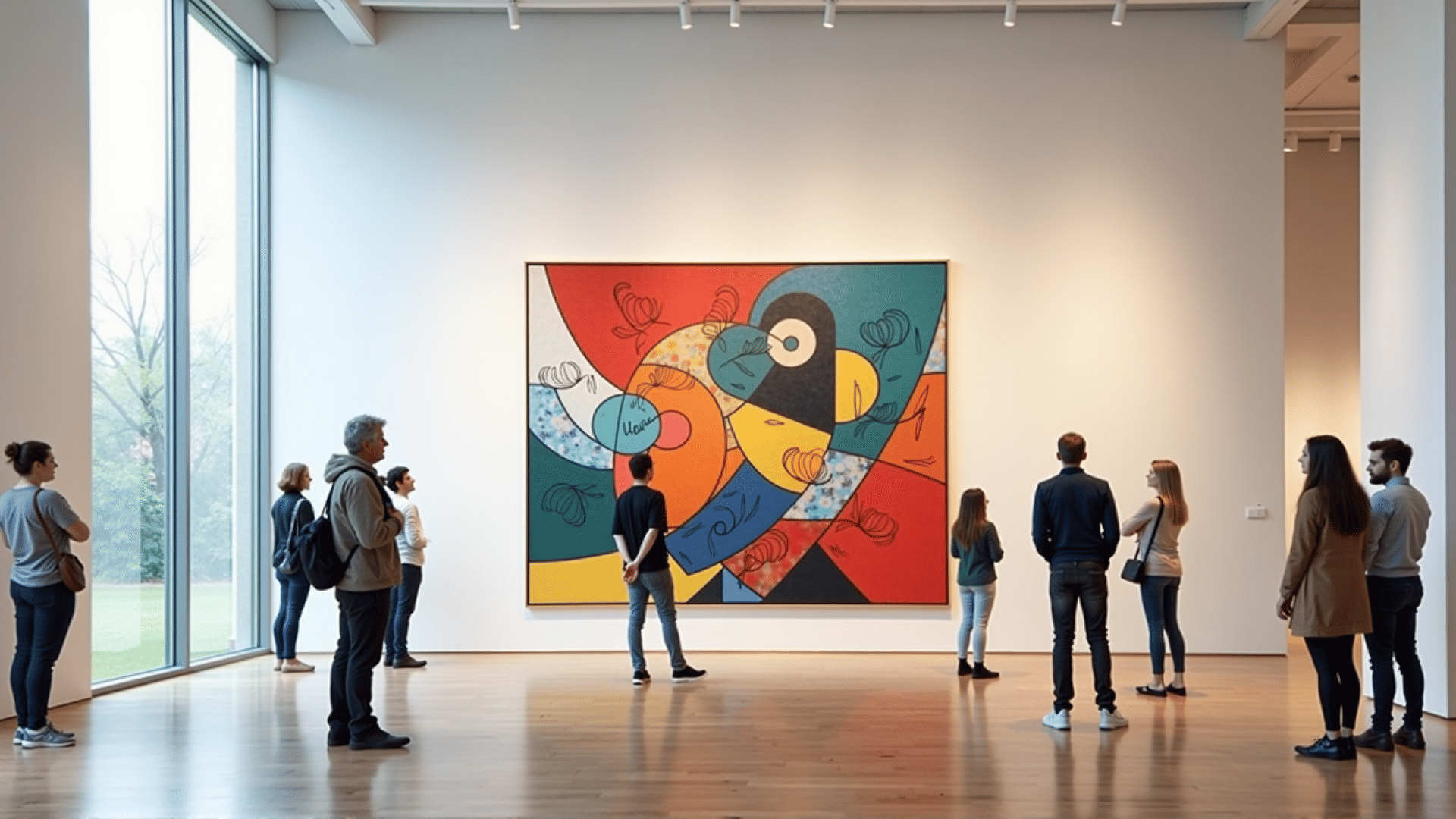Abstract art stands as a testament to the limitless possibilities of human creativity, challenging perceptions and inviting viewers into a world where traditional forms and representations are abandoned. Instead, this genre encourages a pure exploration of emotion, thought, and the intangible aspects of reality. At its core, abstract art obliterates the boundaries that have historically defined artistic expression, urging both artists and admirers to engage with art in a profoundly personal and subjective way.
One of the most fascinating aspects of abstract art is its ability to evoke emotion without the need for recognizable imagery. Unlike realism, which thrives on its imitation of life, abstract art relies on color, form, and line to convey meaning. It seeks to go beyond what can be seen on the surface, tapping into deeper layers of consciousness. The ambiguity of abstract art invites viewers to derive their interpretations, making every interaction with a piece unique and intimate.
Throughout history, many artists have risen to prominence as they pushed the boundaries of abstract art, each contributing to its evolution. Wassily Kandinsky, often regarded as a pioneer of this movement, saw abstract art as a spiritual undertaking, believing that colors and shapes could express emotions akin to music. His works are symphonies of color and form, each element harmonizing to create a dialogue that transcends verbal communication.
In the contemporary art scene, artists continue to explore and redefine the realm of abstract art. One such artist is Gerhard Richter, known for his innovative merging of abstraction and realism. Richter's approach defies conventional categorization; he uses techniques such as blurring and distortion to challenge viewers' perceptions, prompting them to question what is real versus abstract.
Emerging artists are also making waves by integrating technology into their abstract creations, which further broadens the scope of this art form. By experimenting with digital media, virtual reality, and artificial intelligence, they are dismantling the traditional barriers of canvas and paint. This fusion of technology and abstract art creates immersive experiences that engage multiple senses, transforming how people experience and interact with art.
Abstract art is not confined to visual platforms alone; its influence extends into spaces such as architecture and music, where it continues to inspire boundary-breaking works that redefine how we inhabit and interpret the world. Abstract architects, for example, often use unconventional shapes and materials to create structures that challenge conventional forms, leading viewers to reconsider space and its possibilities.
Beyond the aesthetic allure, abstract art holds a significant role in cultural discourse. It is often employed as a tool for social and political commentary, where the abstract nature of the work allows for complex ideas to be communicated subtly and powerfully. In times of turmoil, abstract art can become a form of resistance, reflecting the emotions and struggles of the era.
In essence, abstract art serves as a powerful reminder of the boundless imagination and innovation that define the human spirit. It does more than challenge perceptions; it liberates them, offering a canvas where possibilities are endless and interpretations are as varied as the viewers themselves. By continuing to push the limits of what art can be, abstract artists ensure that the conversation surrounding art and perception remains vibrant and ever-evolving.
